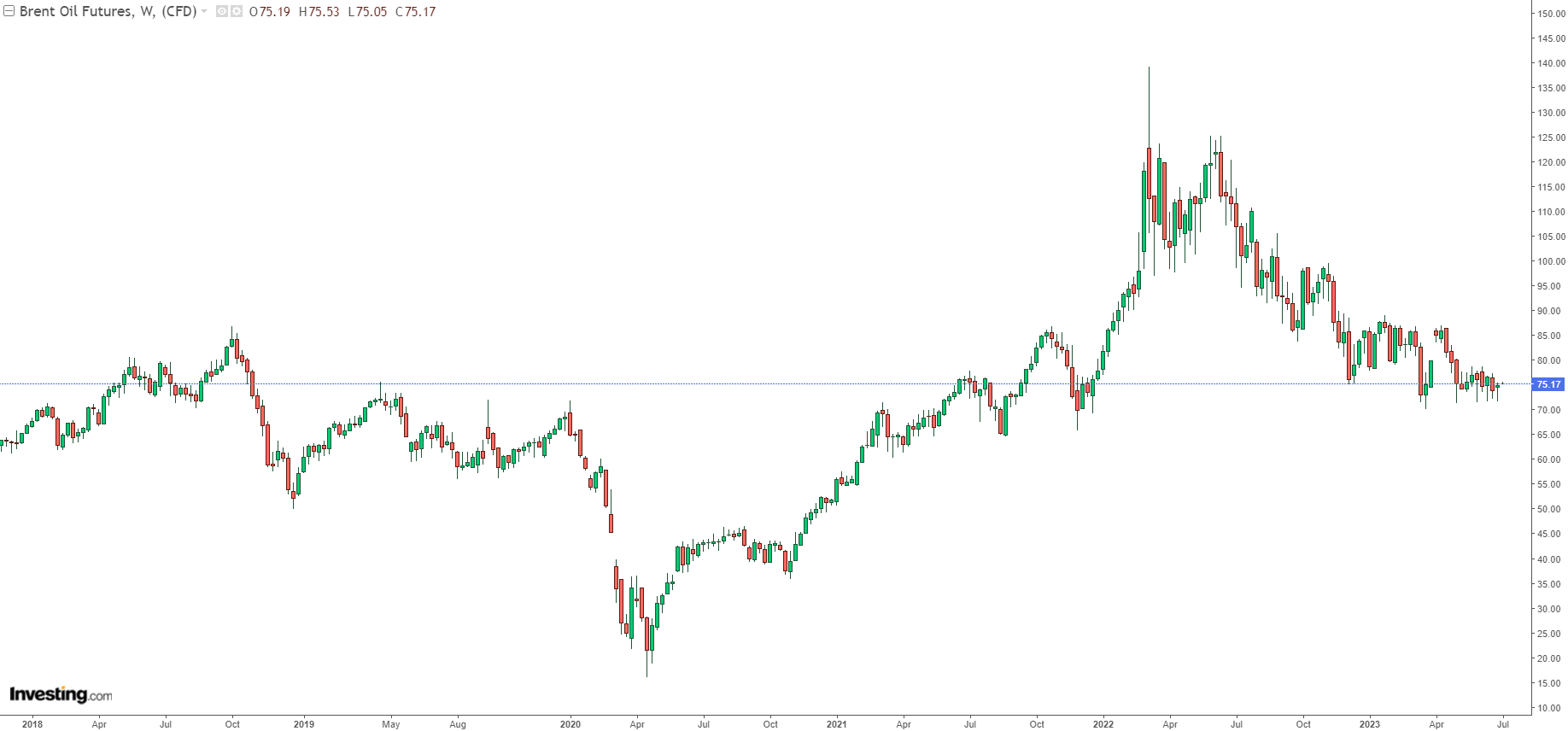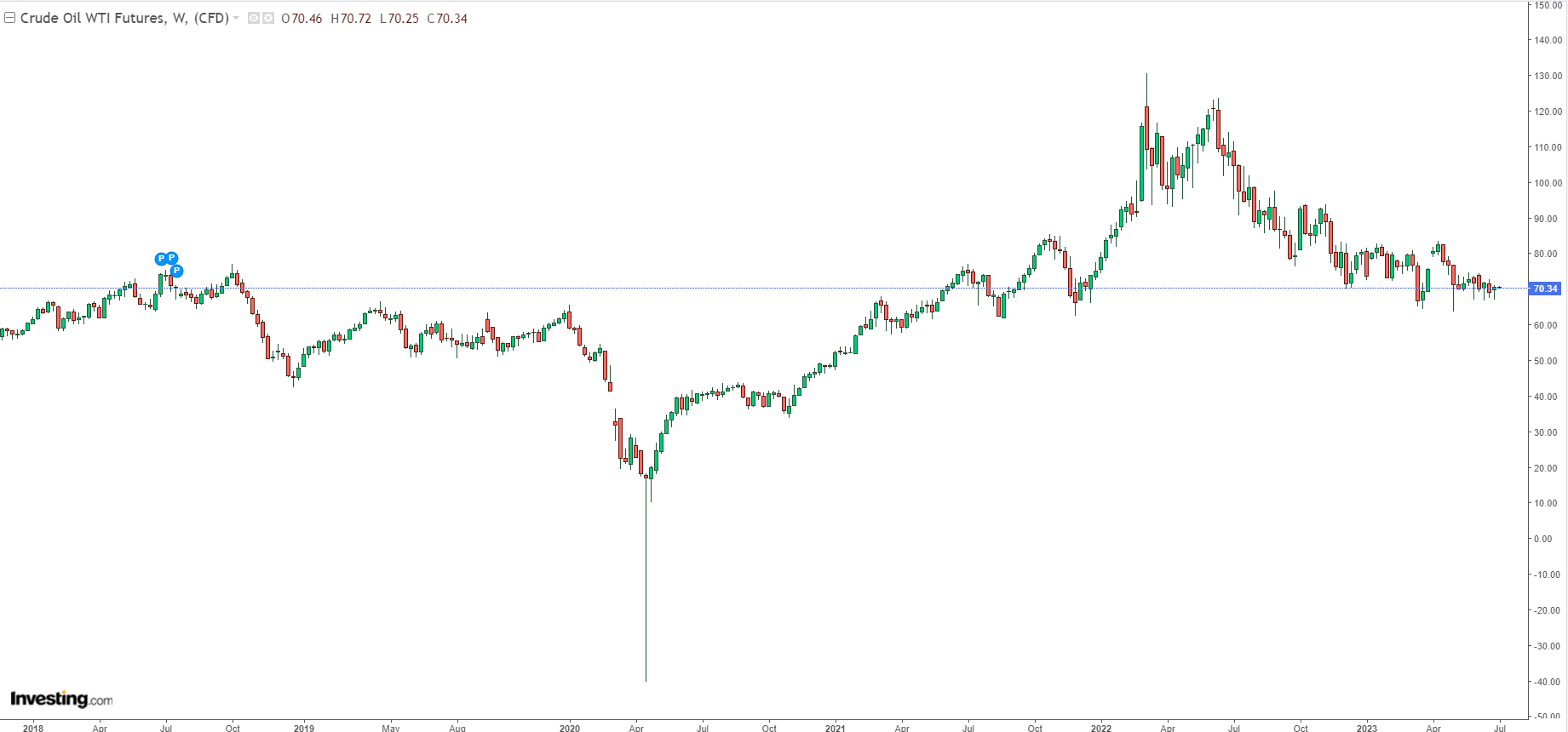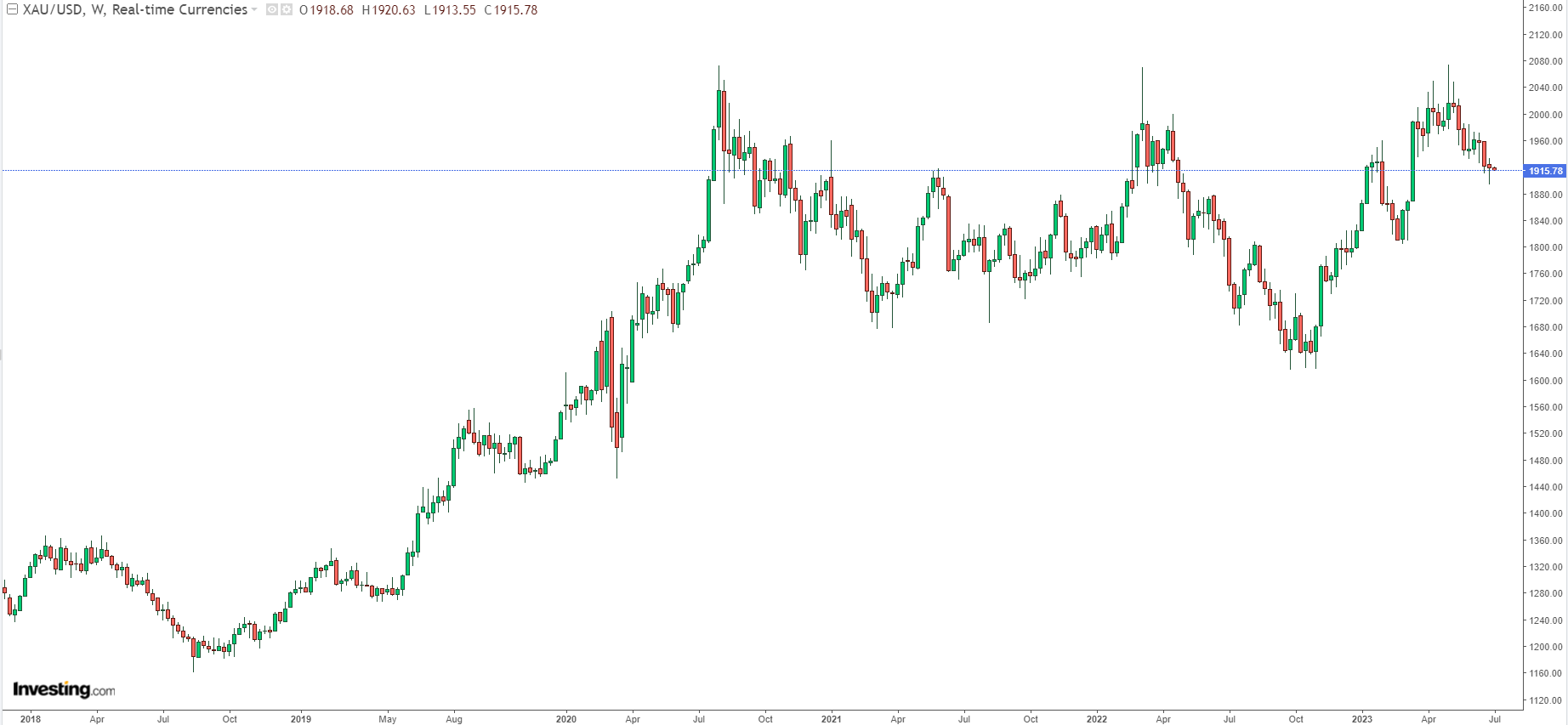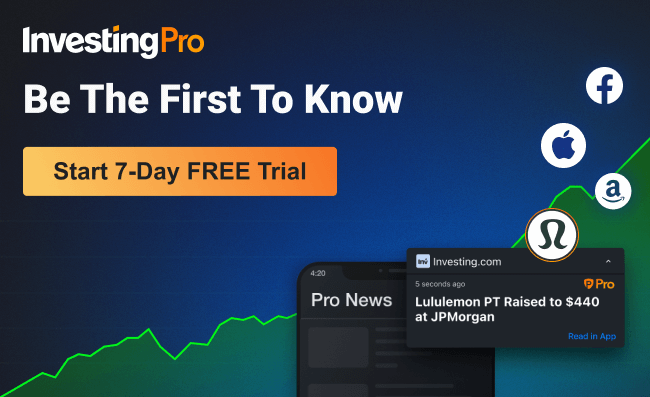- OPEC, the Fed, and the U.S. jobs report could lead to a volatile week for oil, gold, and other commodities.
- Traders are watching for the Saudi oil minister's output cut plans at the OPEC seminar.
- Optimism remains for a potential increase in crude prices, while gold prices face pressure from rate hike fears.
It’s July and OPEC — the Organization of the Petroleum Exporting Countries — is expected to make all the right noises and moves to try and “seize back” the narrative in oil. The trouble is the Fed will also have something to say this week on why it paused rate hikes at last month’s meeting. And then, there’s that all-important U.S. jobs report for May.
Combined, the three could lead to an edgy week for not just trades in oil but also gold and other metals and macro-influenced commodities.
On the oil front, traders and hedge fund managers will be closely watching for proof of the Saudi oil minister’s plans to make a difference to prices this month with an additional million barrels per day in output cuts.
Oil: The Saudi Show Begins
Kicking off the bullish messaging of the Saudis and other oil producers will be the July 5-6 seminar of oil industry CEOs with energy ministers from OPEC and its allies, known as OPEC+, which include Saudi Arabia and Russia. The 23-nation alliance pumps more than 40% of the world's oil supply.
Determined to control the narrative of this meeting, OPEC is again barring Bloomberg, Reuters, and the Wall Street Journal from covering the event, similar to what it did at the last OPEC+ ministerial meeting in June.
“The focus will be on the OPEC seminar, which will likely contain an update on what the Saudis are thinking,” said Ed Moya, analyst at online trading platform OANDA.
The Saudis, who lead OPEC+, have announced three production cuts since October that would theoretically remove 2.5 million barrels per day from their production, bringing output to just around 9 million daily barrels in July.
But crude prices have only rallied briefly after each of those announcements as rate hikes by the Fed and other central banks have become a bigger factor for the oil market which fears a worldwide economic slowdown that could impact energy demand.
Some of the market’s most optimistic forecasters are calling for $90 or more for a barrel of Brent from a mix of tough-talking and acting by the Saudi minister, who exhibits a fiendish delight in taking on the short-sellers in oil.
In Monday’s Asian trading, London-traded Brent, which finished the second quarter down 6% and the first-half 13% off, was little changed at just above $75.

New York-traded West Texas Intermediate, or WTI, also drifted, at slightly above $70, after ending the second quarter down almost 7% and the half-year 14% lower.

“The first half of the oil story shows disappointed oil bulls with concerns about rising interest rates, Federal Reserve officials promising a slowdown in the economy, bank failures, perceived weakness in Chinese oil demand and the inability to rein in sanctioned oil from Russia and Iran,” said Phil Flynn, energy analyst at the Price Futures Group in Chicago.
China will start releasing an estimated 10 million barrels of oil imported from Iran and Venezuela and waiting at ports for weeks amid increased cargo scrutiny, Reuters reported on Wednesday, citing trading sources with knowledge of the matter.
Flynn, an ardent oil bull, however, thinks the second half could be a story “radically different” for crude and positive for those long the market as the current supply surplus “may turn into a deep deficit”.
Gold Continues Slow Dance Lower
Gold prices, meanwhile, crossed the half-year mark with a gain of about 5% in both futures trading as well as the spot price of bullion. But the yellow metal’s hold on the $1,900 support is fraying amid fears of more rate hikes by the Federal Reserve.
The front-month August gold contract on New York’s Comex was a touch lower, hovering above $1,923 an ounce.

The spot price of gold, which reflects physical trades in bullion and is more closely followed than futures by some traders, was also a little lower at around $1,915.

Also awaiting this month has been the Fed, which is closely watching everything associated with the economy — from the labor market to energy-induced inflation, among others — to decide on interest rates at its July 26 meeting. On Wednesday, the central bank will release minutes from its June 14 policy meeting where it paused for the first time on rates after more than a year of monetary tightening.
A panel discussion on Wednesday hosted by the European Central Bank and including the heads of the Federal Reserve, Bank of England, and Bank of Japan, showed nearly all on board with higher interest rates to curb higher-than-expected inflation.
The Fed’s favorite inflation indicator — the Personal Consumption Expenditures, or PCE, Index — grew 3.8% in the year to May — below the key 4% level for the first time in more than two years.
Fed Watching Inflation and Jobs
The Fed’s tolerance for inflation, however, is a mere 2% per annum. The central bank has raised interest rates by 5% since the end of the coronavirus outbreak in March 2022, bringing them to a peak of 5.25% in an attempt to bring inflation back to its targeted level.
“[The] big picture [is] inflation is slowing, but it’s still too high for the Fed,” MarketWatch said in a commentary published soon after the PCE report was put out by the Commerce Department.
Thus, expectations are that the Fed will boost lending rates by another quarter percentage point on July 26, which will bring them to a peak of 5.5%.
Topping all of these for this week will be Friday’s U.S. nonfarm payrolls report report for May, which is likely to show that the economy added over 200,000 jobs in June.
That would be smaller than the 339,000 positions added in May, although last month's outsized jobs growth also came with a seven-month high in unemployment rate at 3.7%.
Signs of continued strength in the labor market could underline a view that has helped boost Wall Street this year: that the U.S. economy can avoid a severe recession despite the Fed’s aggressive tightening.
Ahead of Friday’s jobs report, markets will get updates on other areas of the labor market with data on private sector hiring from ADP, JOLTS job openings, and weekly unemployment claims.
Omar Aguilar, chief executive officer and chief investment officer of Schwab Asset Management, said in comments carried by Reuters:
"The labor market is probably going to end up proving to be the big catalyst for what may happen market-wise and also monetary policy-wise."
***
Disclaimer: Barani Krishnan does not hold positions in the commodities and securities he writes about.

